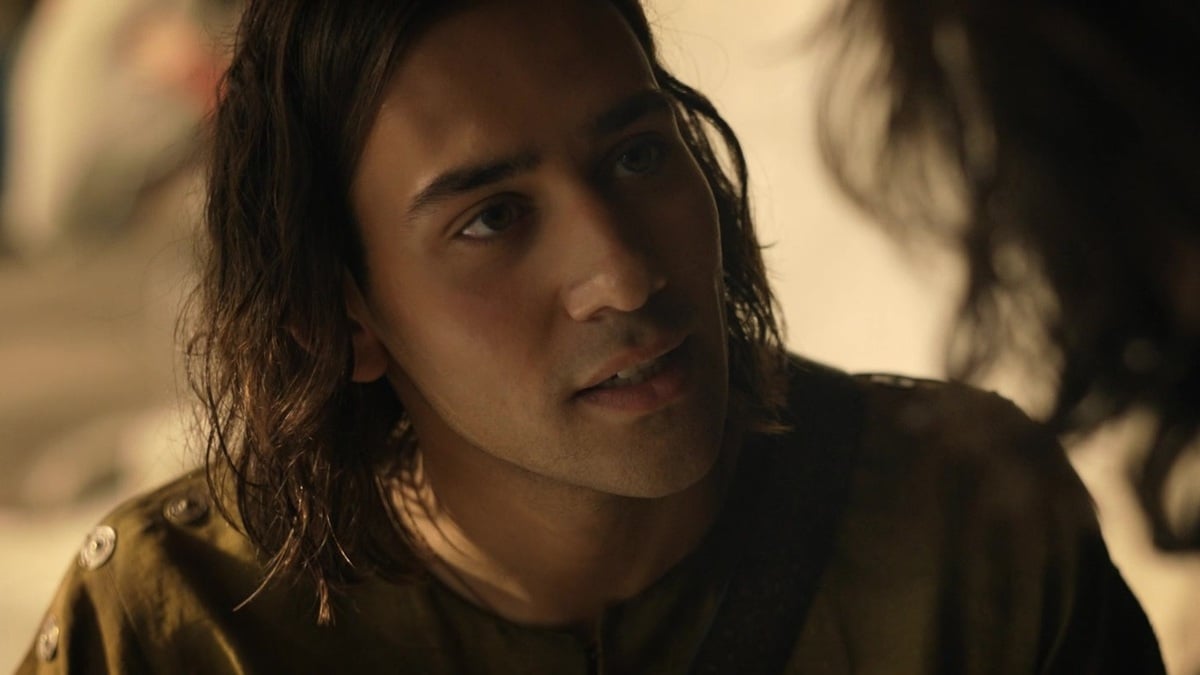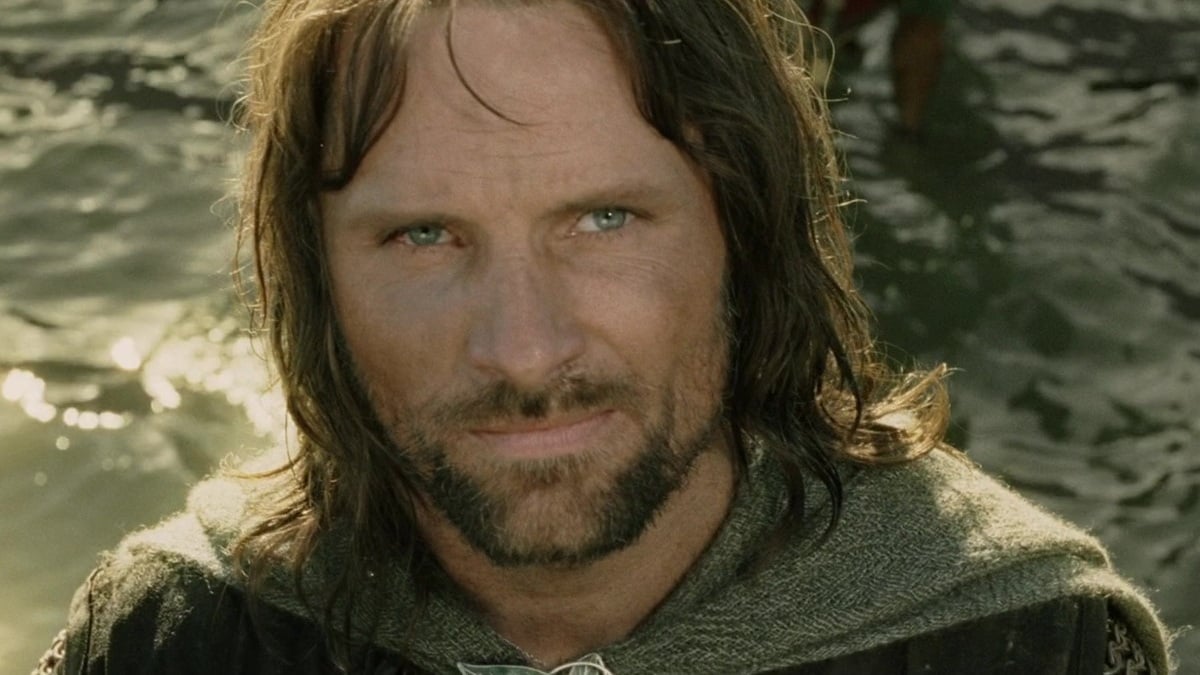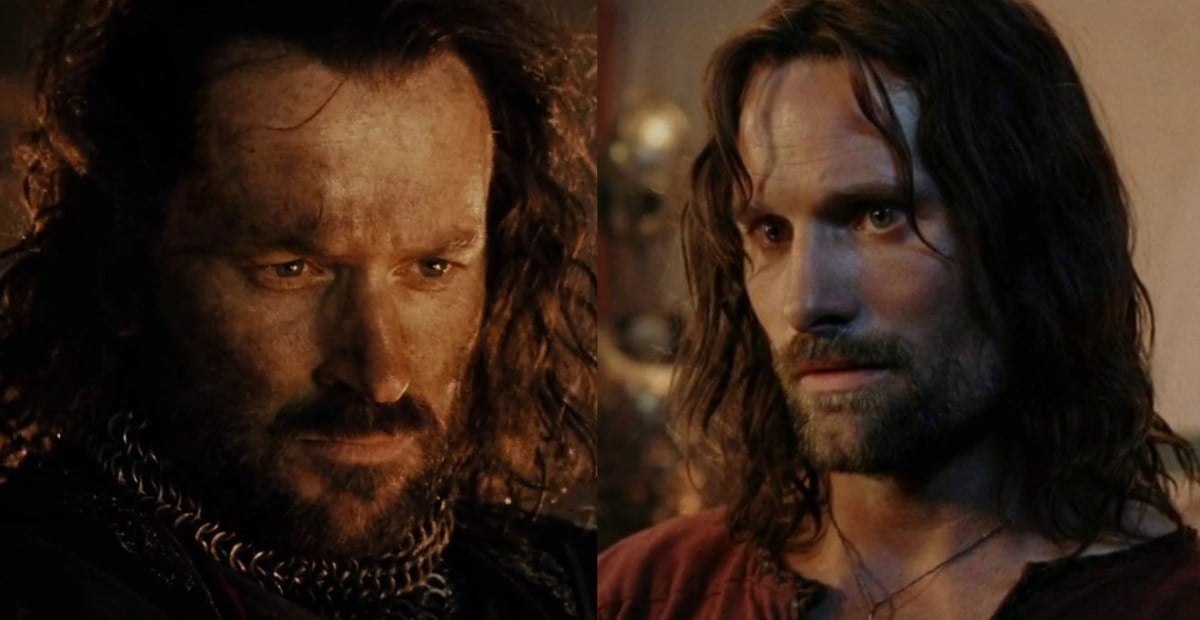Few characters are more important to the story of The Lord of the Rings than Aragorn, who, at the end of Return of the King, assumes the throne and becomes King of Gondor. Aragorn’s kingly blood is referenced throughout both the book and movie trilogies, and it’s even made clear that Aragorn is related to Isildur, the King of Men who defeated Sauron and was eventually consumed by the One Ring.
Aragorn lived approximately 3,000 years after Isildur, so the exact relationship between the two characters has always been a bit murky for more casual fans. Is Aragorn a direct descendant of Isildur, and if so, is it clear that he’s actually the only living heir?
What’s Isildur’s story?

As portrayed in the first season of The Rings of Power, Isildur was born and raised in the island nation of Númenor, descended from its monarchs on his grandfather’s side. He’d eventually leave the island along with his father Elendil, brother Anárion, wife, and his son and heir Elendur, prior to the cataclysm that befell the kingdom. Isildur’s fleet, containing a total of nine ships, ended up landing on the shores of Middle-earth.
Isildur and his family would establish the two major kingdoms of men at the time, the northern Arnor, and the southern Gondor, the latter of which still exists in Aragorn’s time. Although Elendil technically ruled over these two realms, in practice, it was mainly Isildur and Anárion who governed Gondor. While residing in the kingdom, Isildur had two more sons. It was during this time, prior to Sauron’s attack on Minas Ithil, that Isildur would curse the Men of the White Mountains for forgoing their oath of allegiance and not joining the fight against Sauron. We see this ghost army that still haunts the Path of the Dead ages later during the third film of the trilogy, The Return of the King, when they respond to Aragorn’s call to arms and are thereafter allowed to rest.
Isildur’s father, Elendil, and the High King of the Ñoldor, Gil-galad, brought together an alliance of elves and men who marched to war against Sauron’s forces. The active conflict lasted years, in which Isildur’s brother met his demise. His father would die a year later along with Gil-galad, in a direct confrontation with Sauron. As depicted at the start of The Fellowship of the Ring, Isildur used Elendil’s broken sword to sever the One Ring from Sauron’s hand, defeating him, albeit not once and for all.
Isildur’s death is also depicted in The Fellowship of the Ring. On his way to entrust the One Ring to Elrond, Isildur and his men were ambushed by a force of orcs that outnumbered them. Isildur’s three eldest sons would all meet their deaths as a result, and, while trying to flee through the River Anduin, Isildur himself would be pelted by arrows. The treacherous One Ring abandoned Isildur at that point, leaving him as a very visible sitting duck to be shot and killed by his enemies.
Aragorn is descended from both Isildur and Anárion’s bloodlines

Although Aragorn was unlikely to be the only possible heir, he had the best claim to Gondor’s throne. Because one of Aragorn’s ancestors was born of a father from Isildur’s line and a mother from Anarion’s line, the blood of Elendil runs in his veins no matter how you look at it. Therefore, making him the prime candidate to be able to unify the kingdoms of men once again.
There’s obviously a great number of years between Isildur and Aragorn. In the text, Tolkien suggests that Aragorn is evocative of the kings of old, which includes not just Isildur, but also Elendil. In addition, Aragorn is also descended from the half-elf Elros, which makes him related to his brother Elrond, Arwen Undómiel’s father.
Circumstance was key for Aragorn to retake the throne

Although Aragorn had the right combination of bloodlines to make him a kingly fit, that was not the only thing that earned him the right to wear the crown. We can talk all day about bloodlines and dynastic rule, but what ultimately determines if a man can be king is whether the people, the ones he’s going to rule over, are willing to accept him. In Aragorn’s case, the circumstances were ripe for a return to a more centralized power structure. Under the rule of the stewards, Gondor had been in steady decline, and the people were ready for a new leader to right the ship.
In centuries past, Gondor had resisted a return to Isildur’s heir. Instead, they insisted that their king should come from the line of Anarion. By the time of Aragorn, though, lineages were a lot muddier, and Gondor was in a weaker position than it had been. This ultimately allowed Aragorn to ascend to the throne, uniting Gondor and Andor under a single ruler, who earned the title of High King of the Reunited Kingdom. The remainder of Aragorn’s reign was defined largely by peace and goodwill.

